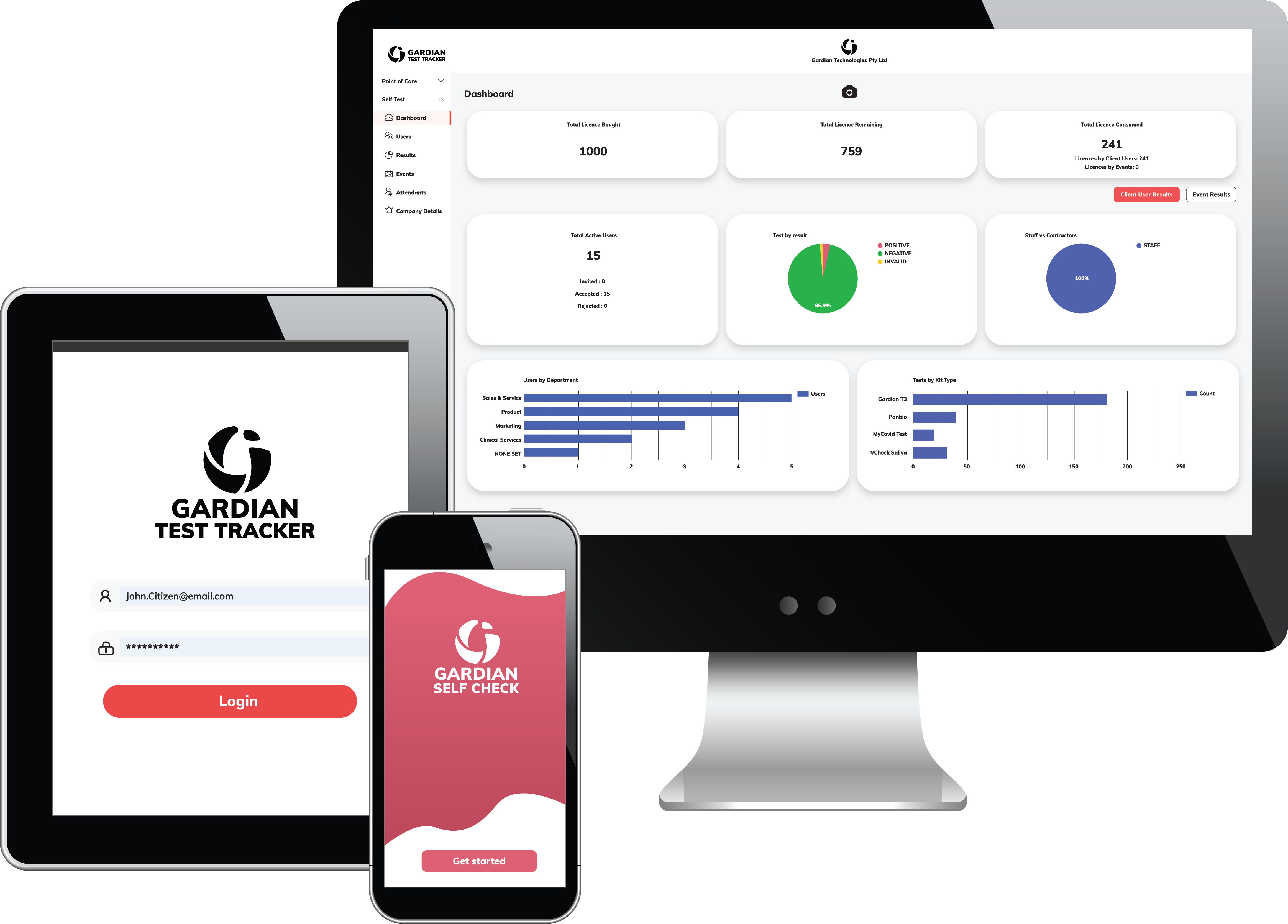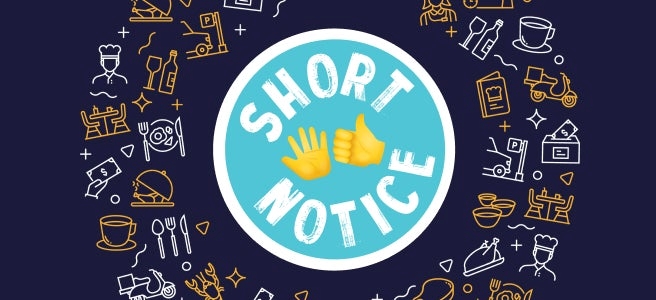6 steps to meet changing customer needs
Nathan Baird shares his six steps for pivoting your product or service to meet changing customer needs in the face of Covid-19. Since COVID-19 struck many businesses have had to reinvent […]
Nathan Baird shares his six steps for pivoting your product or service to meet changing customer needs in the face of Covid-19.
Since COVID-19 struck many businesses have had to reinvent or pivot their product, services, sales and distribution channels literally overnight or face extinction.
A classic example of a pivot, many of us may be familiar with, is the UK story of Lucozade and how in 1983 it pivoted from being a health tonic for children recovering from illness to being an energy drink for sports people.
Look at Stagekings, which specialised in building giant pop-up stages and structures for large events such as sporting events and arts and music festivals. COVID-19 and the public gathering edict killed their business overnight.
However, by identifying a new mass customer need (productively working from home), they’ve been able to pivot their existing skills to design, manufacture and sell work-from-home desks and other ‘isolation’ furniture.
Right now our world and lives are changing, and so are our needs and wants. In this there is opportunity to satisfy these new customer needs, which in some cases may be achieved by pivoting our products and services and utilising our existing assets and talent. A pivot is no mean feat, but we humans are an adaptable and creative bunch so there is cause to be optimistic that we can come out of the pandemic surviving and hopefully thriving.
Here are 6 steps for pivoting your product or service to meet changing customer needs:
Step 1: Portfolio review
Start by reviewing your portfolio of products and services. Identify which offerings are suffering most (e.g. loss of sales and/or profitability) as a result of COVID-19. For each of these offerings articulate what the existing (pre COVID-19) customer need and value proposition is. This is the base point from which you are going to look to pivot.
Step 2: Define new customer-centric opportunities
For each chosen offering then explore and identify how your customers’ (and non-customers) lives are changing in this space. This is best achieved through qualitative empathy research e.g. in-depth interviews and customer research groups. The objective here is to understand their new normal and identify new and evolving needs and pains (functional, emotional and social), in order to solve and satisfy them.
Following the research, distil the key new needs and pain points that you want to focus on. These are the needs/pains that are the most important or painful to the customer – the problems they want to see solved and are willing to pay for. And also represent the best source of competitive advantage for your business.
Step 3: Brainstorm solutions
Using these new customer opportunities as springboards, brainstorm new solutions for satisfying them — a workshop can be a good way to do this. To run these remotely, both Miro and Mural are good platforms for running virtual workshops.
Step 4: Define what the new solution borrows and builds
This step helps you define the relationship between your new and existing offering.
Borrow is what the new solution will take or leverage from the existing solution. For example, Lucozade kept the same product formula.
Build is what the new solution will add back or change to the existing solution. For example, Lucozade changed the brand positioning and packaging design.
This helps you identify what you can leverage from what already exists (e.g. materials or a technical capability) and what needs to be created (e.g. virtual service or delivery).
Step 5: Prototype and test solutions
Your new solutions are hypotheses that you need to both validate and de-risk first of all with your customers. The best way to do this is build some quick low-fidelity prototypes (for example a concept board or story board) and test them with your customers. Customer testing can be done via platforms like Zoom as well as through a number of remote customer research platforms that exist – for example, the Web Creator Suite from Dipolar.
Step 6: Finalise the new solution
Once you’ve validated that your solution is desirable to customers; you need to consider the rest of the brand and the business. The changes you’ve made to your offering will have a knock-on effect for the whole brand and elements of your business model. For example, packaging, distribution channels and partnerships. Lucozade changed their packaging, brand communications and channels in which it was sold.
Following these steps it is possible to turn the current disruption and market change into an opportunity to survive (and hopefully thrive) by pivoting your product or service to meet new customer needs.
Nathan Baird is the founder of customer-driven innovation and growth firm Methodry and author of “Innovator’s Playbook: How to create great products, services and experiences that your customers will love!”
He is one of the world’s leading Design Thinking practitioners, a former Partner of Design Thinking for KPMG and helps teams build their innovation mastery and works alongside them to create new innovations. Visit www.methodry.com






